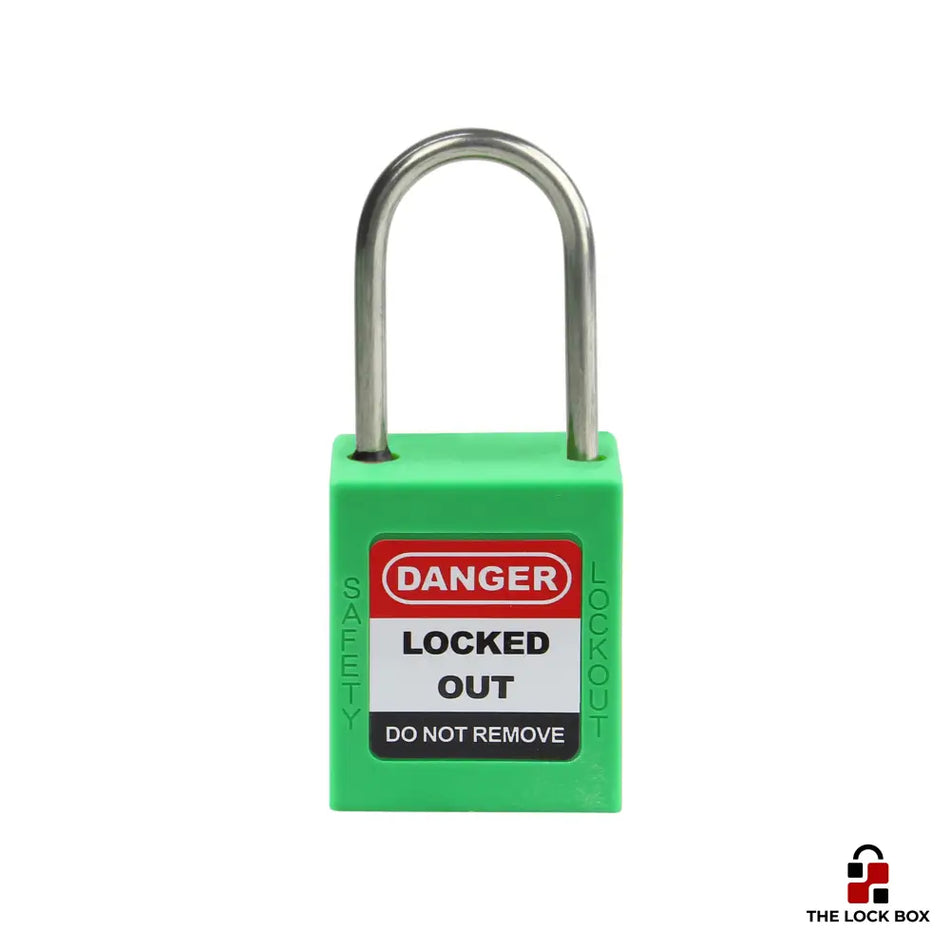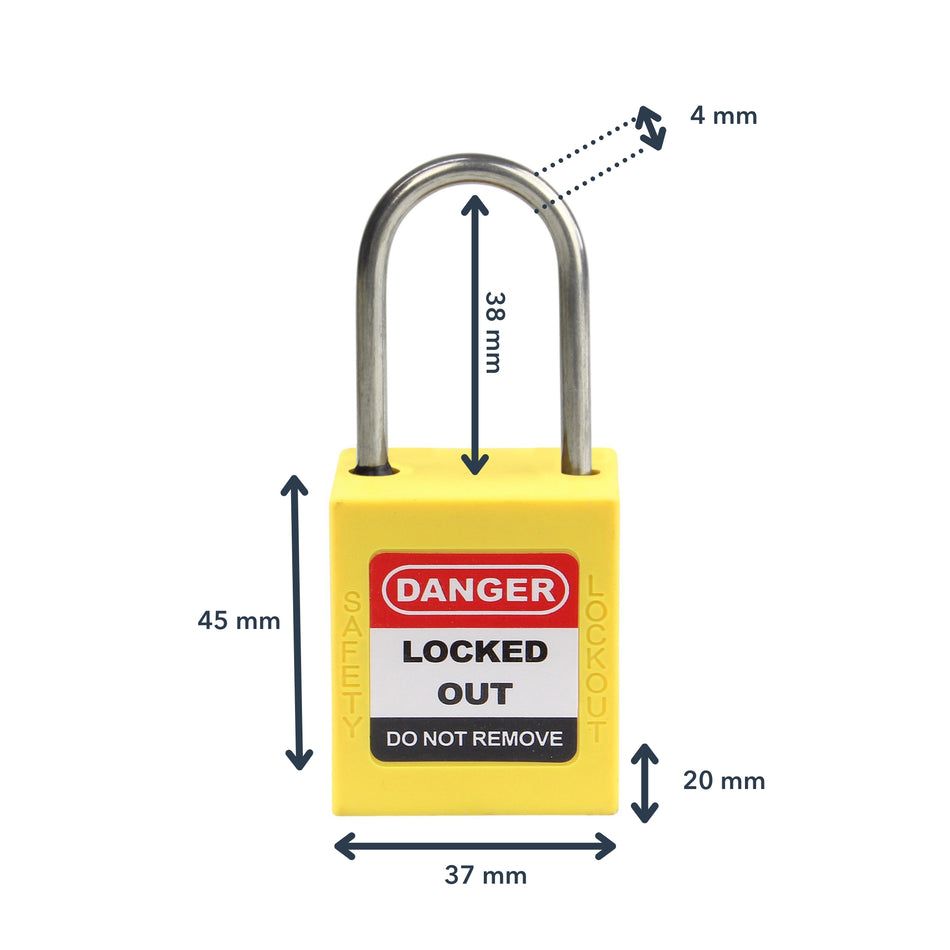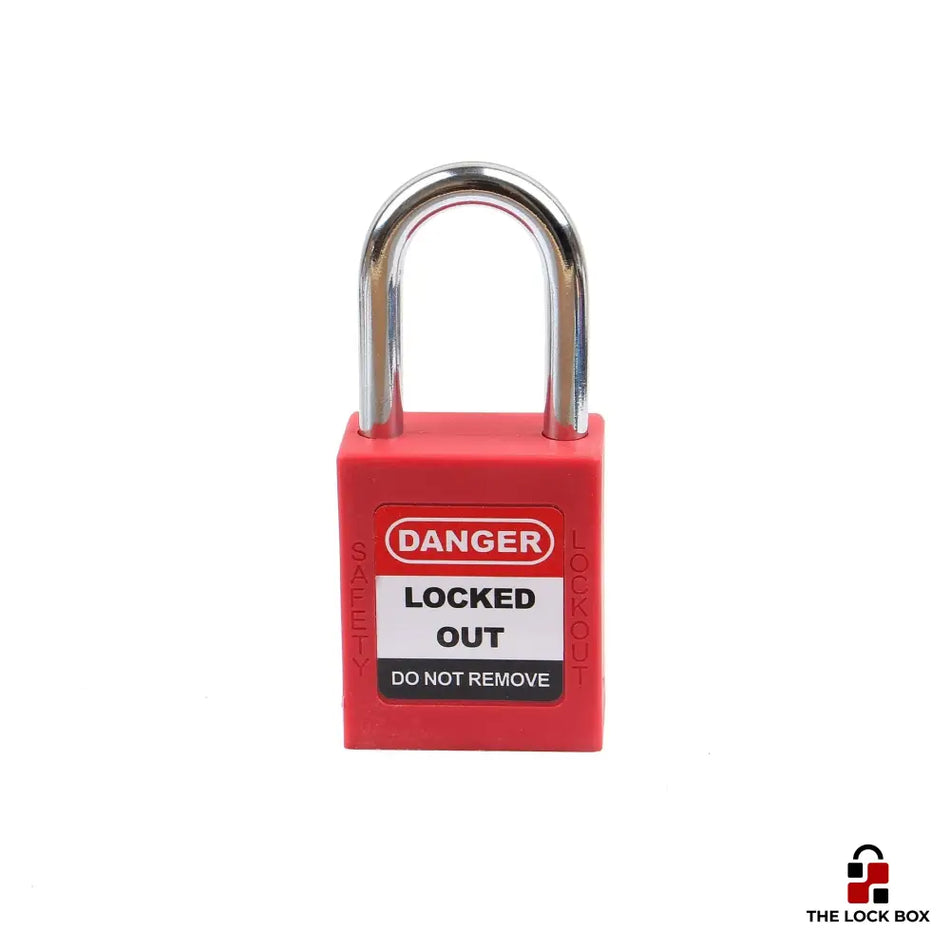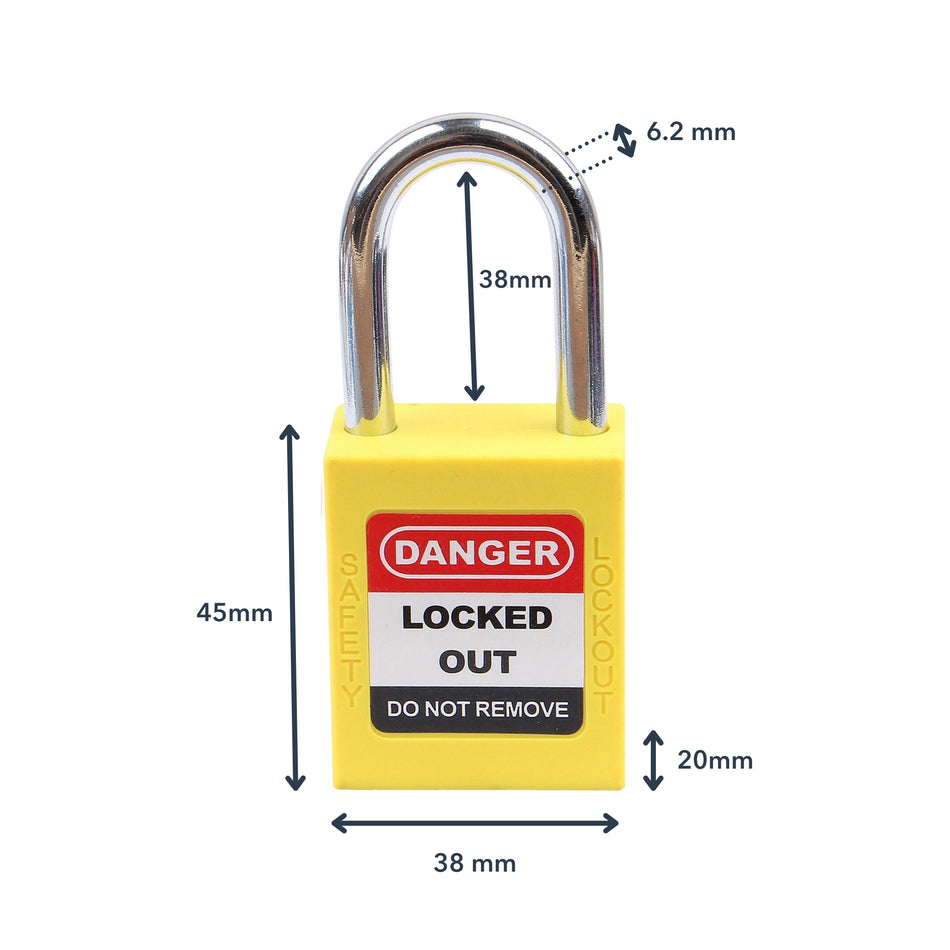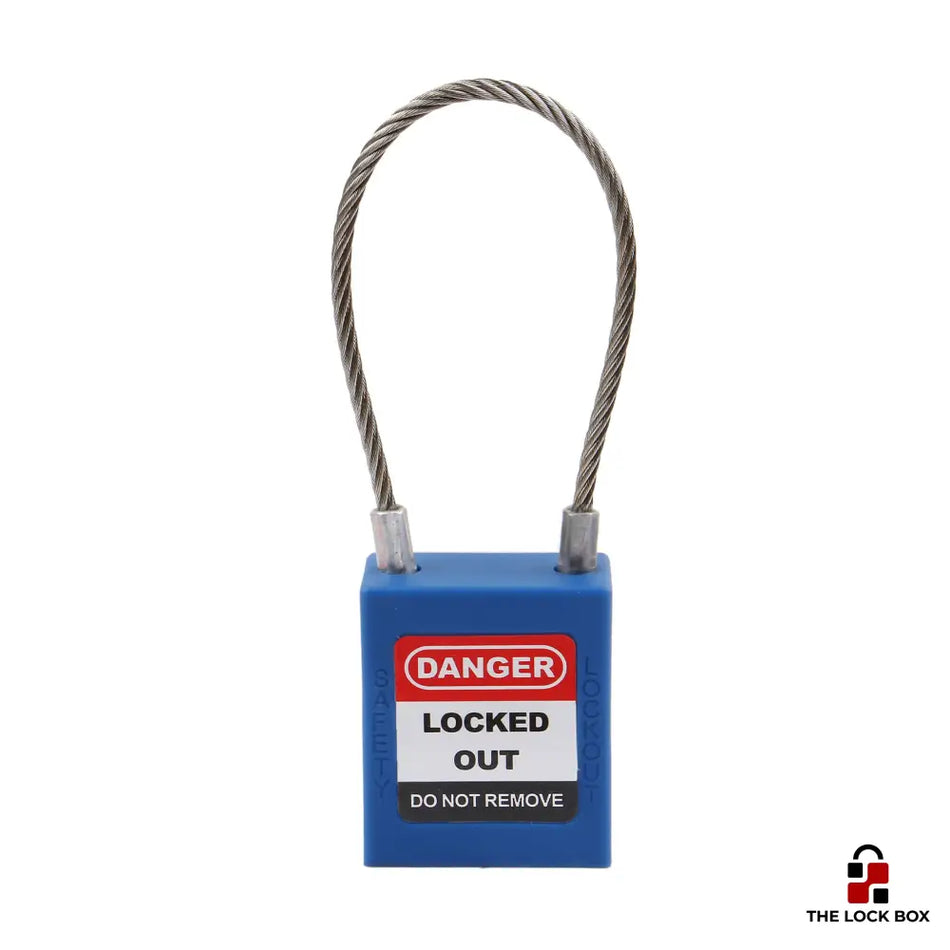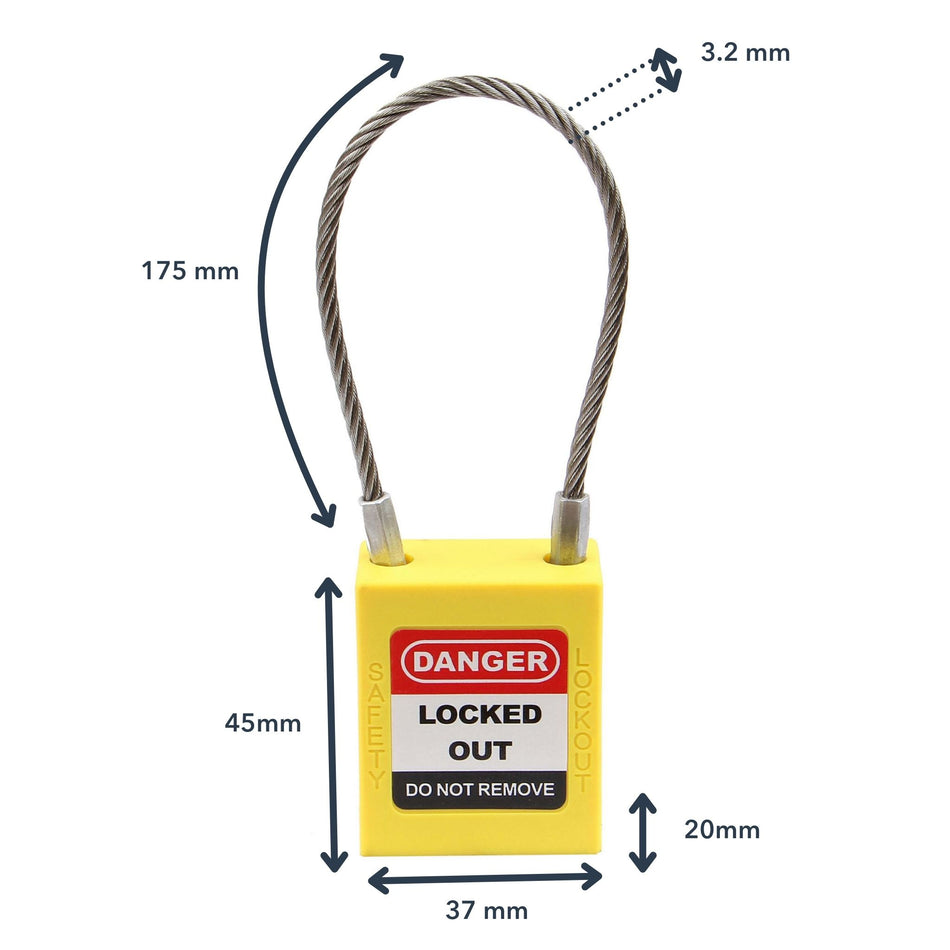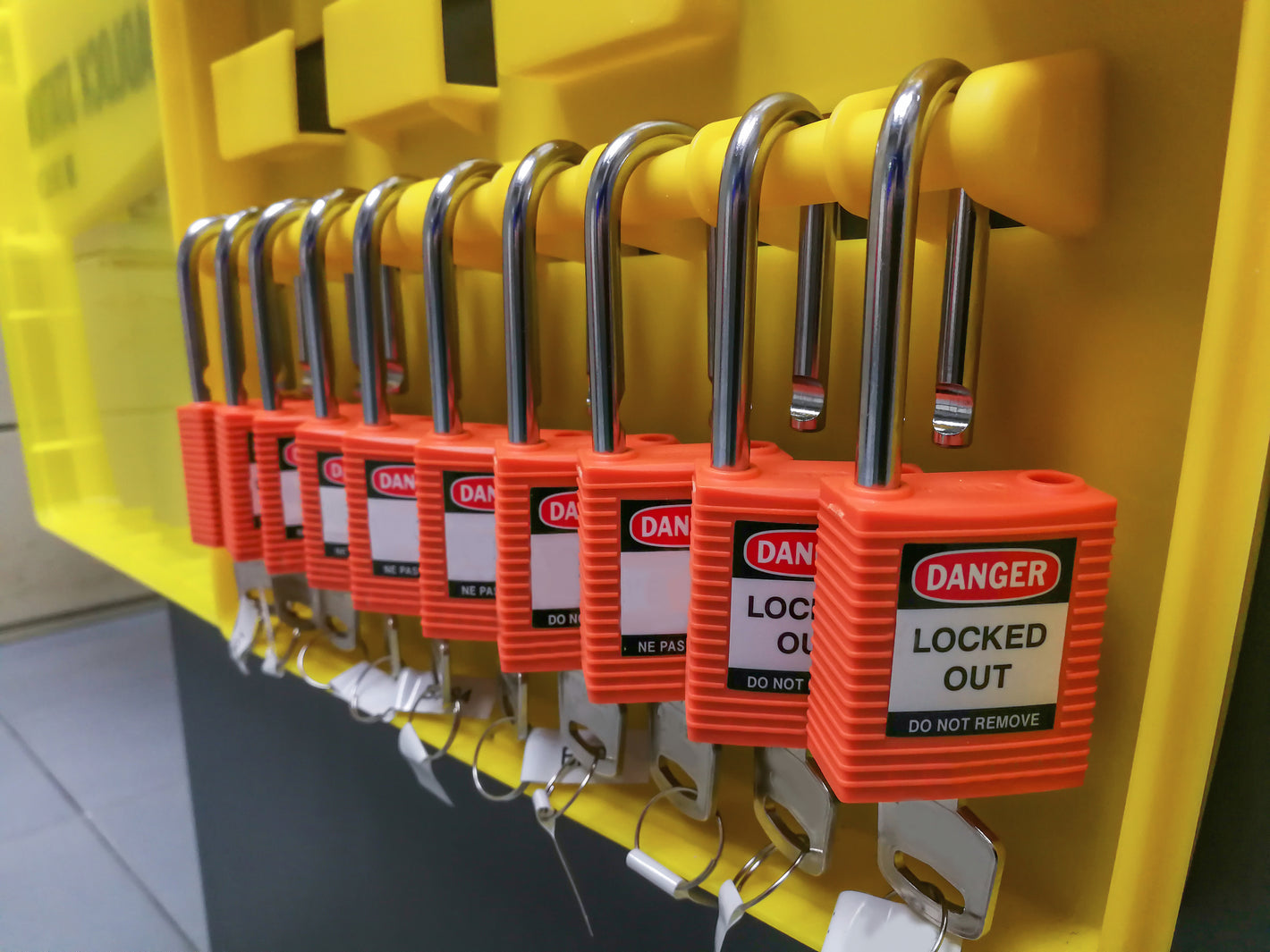What is Lockout Tagout?
Lockout-tagout (LOTO) is a crucial procedure used to safely isolate plant and machinery, ensuring systems are not unintentionally started up before a required task is finished. To achieve this, isolation devices are used in conjunction with padlocks to prevent unintended interaction to electrical circuit breakers, instrumentation, valving and or equipment.
Every year, LOTO helps to avoid about 120 deaths and 50,000 injuries. As safety culture within Europe continues to improve, workers expect the companies they work for to follow and maintain a rigorous LOTO safety program.
In this article, we delve into the essence of lockout-tagout, unraveling its layers not just as a safety procedure but its role as a critical cog to worker protection.

What is a Lockout Tagout Procedure?
The lockout-tagout (LOTO) procedure is a company specific step by step safety procedure, used to ensure plant and equipment are properly shut down and not started up before the completion of maintenance or repair work.
A standardized LOTO protocol guarantees reproducibility and consistency in safety practices, which is crucial for preventing accidents. When every employee follows the same set of clear, well-established steps, it minimizes the risk of errors and oversights.
This uniformity in approach not only enhances overall safety but also ensures that the procedure can be reliably repeated, regardless of the employee or the specific equipment being serviced. This consistent application of safety measures is key to protecting workers from unexpected energization or startup of machinery and the release of hazardous energy.
Training RequirementsFor optimal effectiveness of these procedures, comprehensive training for all relevant employees is essential. This training should include both theoretical understanding and hands-on practice, emphasizing the specific steps, risks, and energy sources associated with LOTO.
Audit & Oversight RequirementsEqually important is the implementation of regular audits of the LOTO procedures to ensure adherence and identify areas for improvement. These audits, coupled with a feedback mechanism for employees, foster a culture of continuous safety improvement and compliance, thus significantly reducing workplace hazards. Keeping detailed records of training, audits, and procedures is also crucial for monitoring and enhancing the safety protocol.
What are the legal requirements of Lockout Tagout?
The legal requirements for lockout-tagout (LOTO) procedures vary by country and region, but they generally follow similar principles to ensure worker safety.
For the United States - 29 CFR 1910.147, "The Control of Hazardous Energy." covers the Occupational Safety and Health Administration (OSHA) sets the standard for LOTO.
For the European Union, various directives and standards, primarily focusing on worker safety and the prevention of accidents in the workplace:
Directive 2009/104/EC (formerly directive 89/655/EEC of the Council from 30 November 1989) specify the minimum requirements for safety and health protection for workers using work equipment at work. Paragraph 2.14 lays down that “every piece of equipment must be fitted with clearly visible devices with which it can be separated from every energy source”. Paragraph 2.15. lays down that “Work equipment must bear the warnings and markings essential to ensure the safety of workers”.
EN ISO 14118 (2018-07) norm of Safety of machinery related to the equipment’s safety defines the measures regarding the energy isolation of machinery and the power dissipation to prevent hazardous equipment re-energising. It assures a safe and secure intervention within a risk-prone area.
For Switzerland Ordinance to the Labor Act (ArGV 3) Regulates the general requirements for occupational health and safety Within the framework of ArGV, employers are required to take appropriate protective measures to prevent accidents and damage to health at work.
What are steps of Lockout Tagout?
A successful Lockout Tagout Procedure should be built from the following 7 steps. This of course can be expanded or combined together to reduce the number of steps to compliment a companies procedures or preferences. What is important is to ensure when doing this is that the fundamental approach to lockout tagout isn't lost or diluted. See The Lock Box's recommended steps:
- Prepare & Identify
- Notify
- Shutdown
- Isolate & De-Energize
- Application of Lockout Device
- Verification
- Reestablish
Lets look at these steps now in a little more detail.
Step 1 - Prepare & Identify
Its important before any action is undertaken that a thorough review is completed. This allows one to understand how the equipment is to be locked out and what procedures and isolation points need to be considered.
From a practical standpoint this typically means reviewing the equipment manual to identify suppliers best practice recommendations for servicing, as well as reviewing any relevant P&ID's and General arrangement drawings.
Next, identify the scope of the service/work. Pay particular attention to the specific energy sources that must be controlled during the intervention (electrical, mechanical, hydraulic, pneumatic, chemical, thermal, etc.). Involvement of a supervisor or technical subject matter expert can be beneficial here to understand any specific dangers.
Finally, develop the LOTO plan identifying all the required lockout points and prepare lockout devices and tagout signage required for the isolation. This final step is very important. Mistakes occur easily in the field, by preparing everything in advance and planning out the necessary steps and isolations ahead of time, the chance of an incident occurring is significantly reduced.
Step 2 - Notify
Inform impacted parties about the lockout-tagout activities. This could include operators, maintenance personnel, and anyone else who works in the area. Communicate the reason for the lockout, which equipment will be locked out, and the expected duration of the work.
Depending on the operational situation this communication can take many forms:
- In an active manufacturing environment, this could be communicated well in advance through a planned preventative maintenance schedule, or at a shift handover meeting.
- In a construction, commissioning and start up environment, the daily toolbox or safety meeting would be an ideal forum to discuss any potential work that is planned to be undertaken.
Step 3 - Shutdown
Shut down the equipment following the manufacturer's guidelines or standard operating procedures. Involvement of operators or personnel who on a day to day basis operate the equipment can be beneficial to ensure that the system is shutdown in a way that minimizes any risk to worker(s) or equipment.
Step 4 - Isolate & De-Energize
Isolate the equipment and remove any energy within the system. This might involve turning off power switches, closing or de-energizing valves or unplugging the equipment. In all these situations the right lockout device is critical to prevent any unintended interaction with the system.
Step 5 - Application of Lockout Device
Securely attach lockout devices to each energy-isolating device. These devices should effectively prevent the use of energy controls. The application of these isolation devices/padlocks should be recorded in the system specific lockout tagout plan. The lockout tagout plan should include the following:
- A list of isolation points necessary to be locked out, this should include the tag of the equipment for easier identification.
- The type of isolation device required for the lock out.
- The name/signature of the person who has applied the lock out.
- The date that the lock out was applied
- The name/signature of the person who has verified the lock out.
- The name/signature of the person who has removed the isolation (Relevant to Step 7)
Lockout Tags attached to lockout devices, (prepared in step 1) should now be attached, and should at a minimum provide the following information:
- The reason for lockout
- The name of the person who applied the lock (and means of contacting them)
- The expected duration of the lockout.
This is critical to ensure clear information about the lockout is available direct at the source.

Step 6 - Verification
Verify that the equipment is effectively isolated from its energy sources. Challenge each isolation by attempting to start up the equipment using normal controls (ensure that the controls are returned to the off position afterward).
Use testing equipment, when necessary, to ensure that no energy is present in the system. Finally, confirm all moving parts have stopped, and the equipment is in a safe state for maintenance.
Step 7 - Reestablish
Remove isolations, record the removal and reestablish the system in its original state. This is important to get right. As stated in Step 5 these three points should be included in the Lockout Tagout Plan. By signing off the removal of the isolations, the risk of leaving an isolation on the system is reduced and provides confidence that when the system is started up again, there will be no unintended consequences.
Need Help Developing a Lockout Tagout procedure?
LOTO procedures are a fundamental aspect of workplace safety. Regular training and adherence to these steps can prevent numerous accidents and save lives. At thelockbox we understand the importance of safety and are happy to help you out with your Lockout Tagout Procedure. Contact us now at hello@thelockbox.ch, we'd love to hear from you!

